Urban Agriculture
-
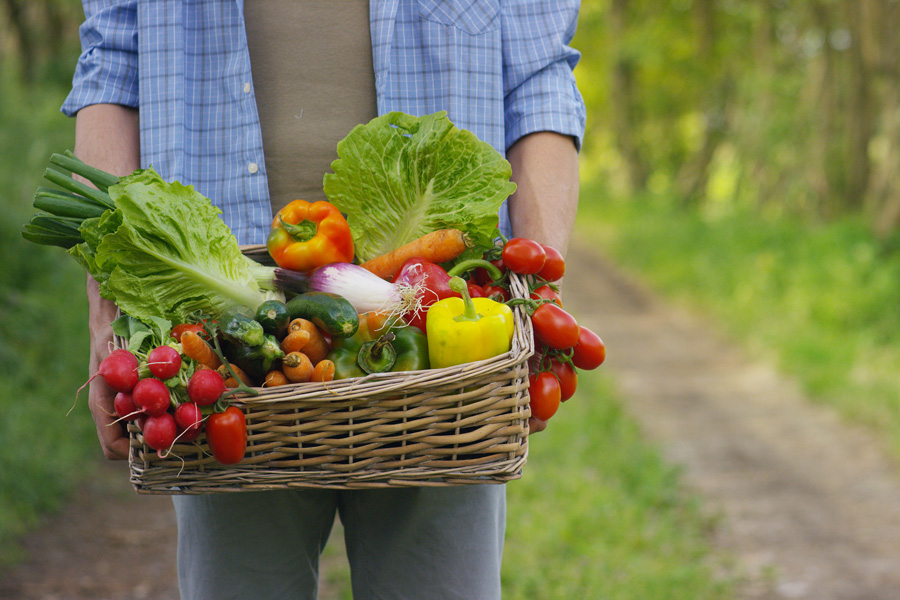
This circular gives suggestions for determining the proper stage of maturity for harvesting many vegetables.
Bob Westerfield
|
-
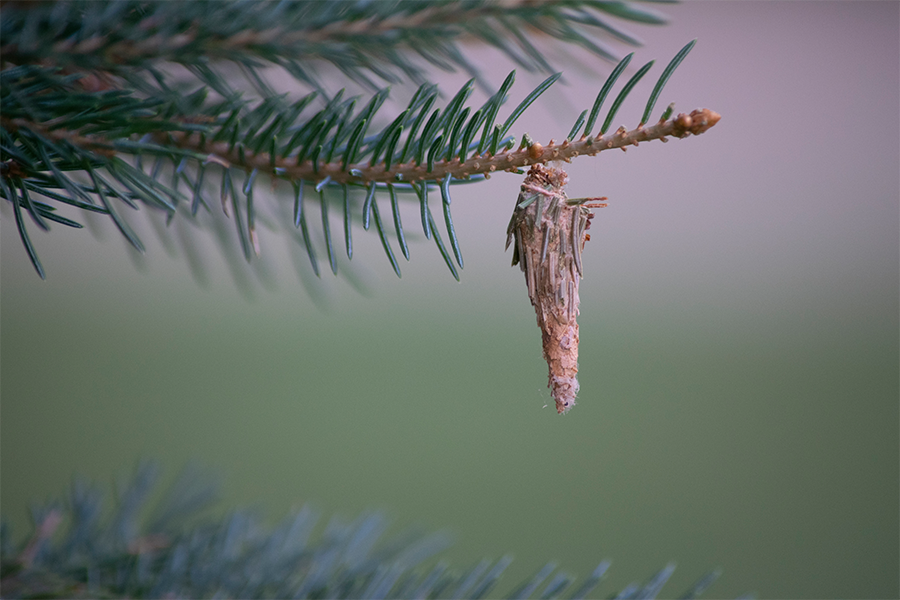
C 1237
Bagworms in Urban Landscapes
An introduction to bagworms, along with their biology, how they damage landscapes, and management options.
William G. Hudson, Shimat V. Joseph, and Oluwatomi Daniel Ibiyemi
|
-
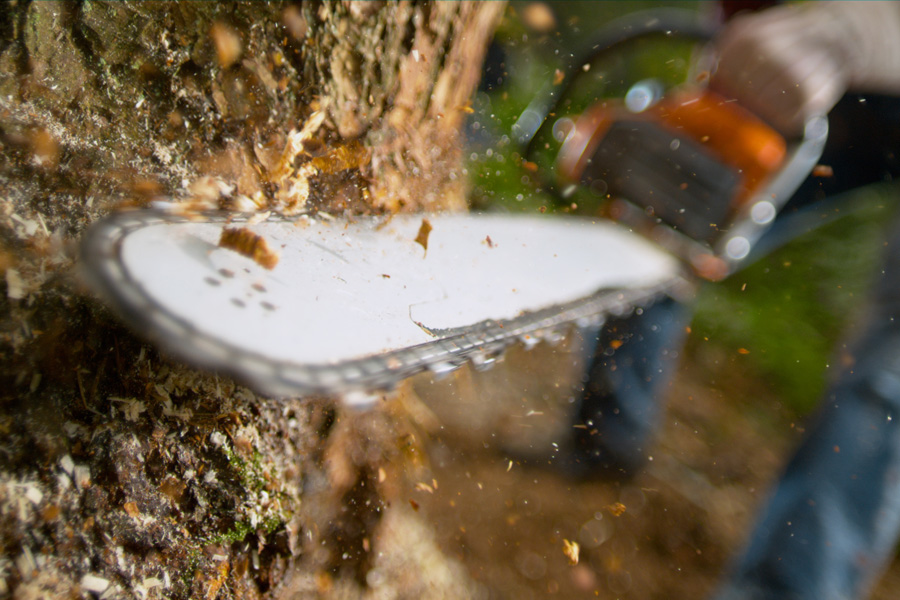
Use estos cinco pasos para el corte de un árbol de forma segura de principio a fin. Este plan funciona para arboristas profesionales y los que no lo son. Cortar árboles con una motosierra es peligroso. La combinación de herramientas eléctricas y la caída de madera crea peligros. La aplicación del Plan de Corte de Cinco Pasos ayuda a identificar y mitigar el peligro en el corte de árboles de principio a fin.
Alfredo Martinez, Ellen M. Bauske, Heather Kolich, and Rolando Orellana
|
-

Planting pollinator-friendly flowers in your yard is a great first step for improving the quality of pollinator habitats. Adding nesting sites and nesting materials is another important measure in creating sustainable habitats, especially for native bees. When bees have access to a diversity of nesting materials, their numbers are positively affected, so providing nesting resources in your landscape is very beneficial to bees.
Published with the UGA Warnell School of Forestry and Natural Resources as WSFNR-17-48.
Becky Griffin and Elizabeth McCarty
|
-
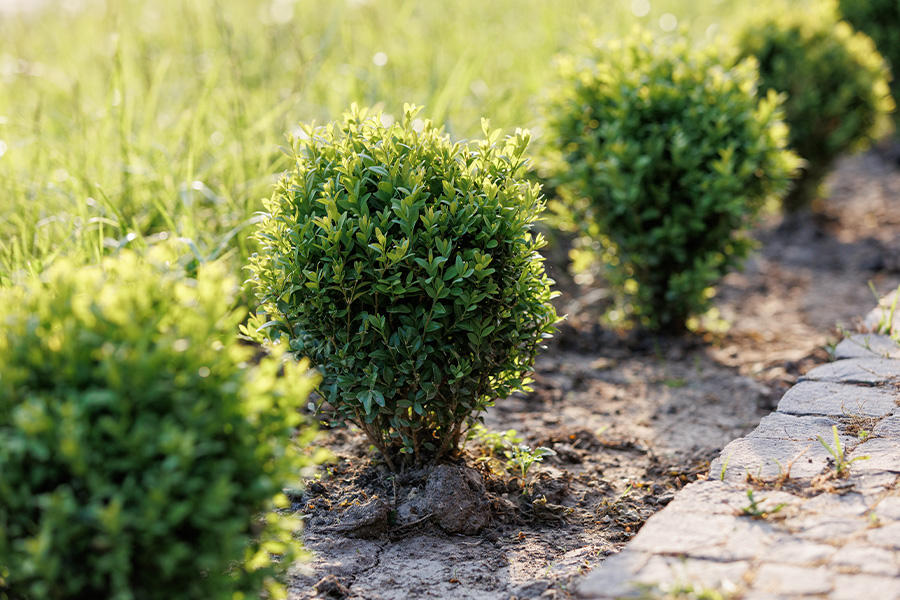
This publication provides alternative plants to replace boxwood in landscapes across Georgia. It includes information on new cultivars and cautions against the use of plants on the GA-EPPC invasive plant list, as well as species and cultivars affected by common pests and diseases.
Bodie V. Pennisi, Gary Peiffer, and Greg Huber
|
-
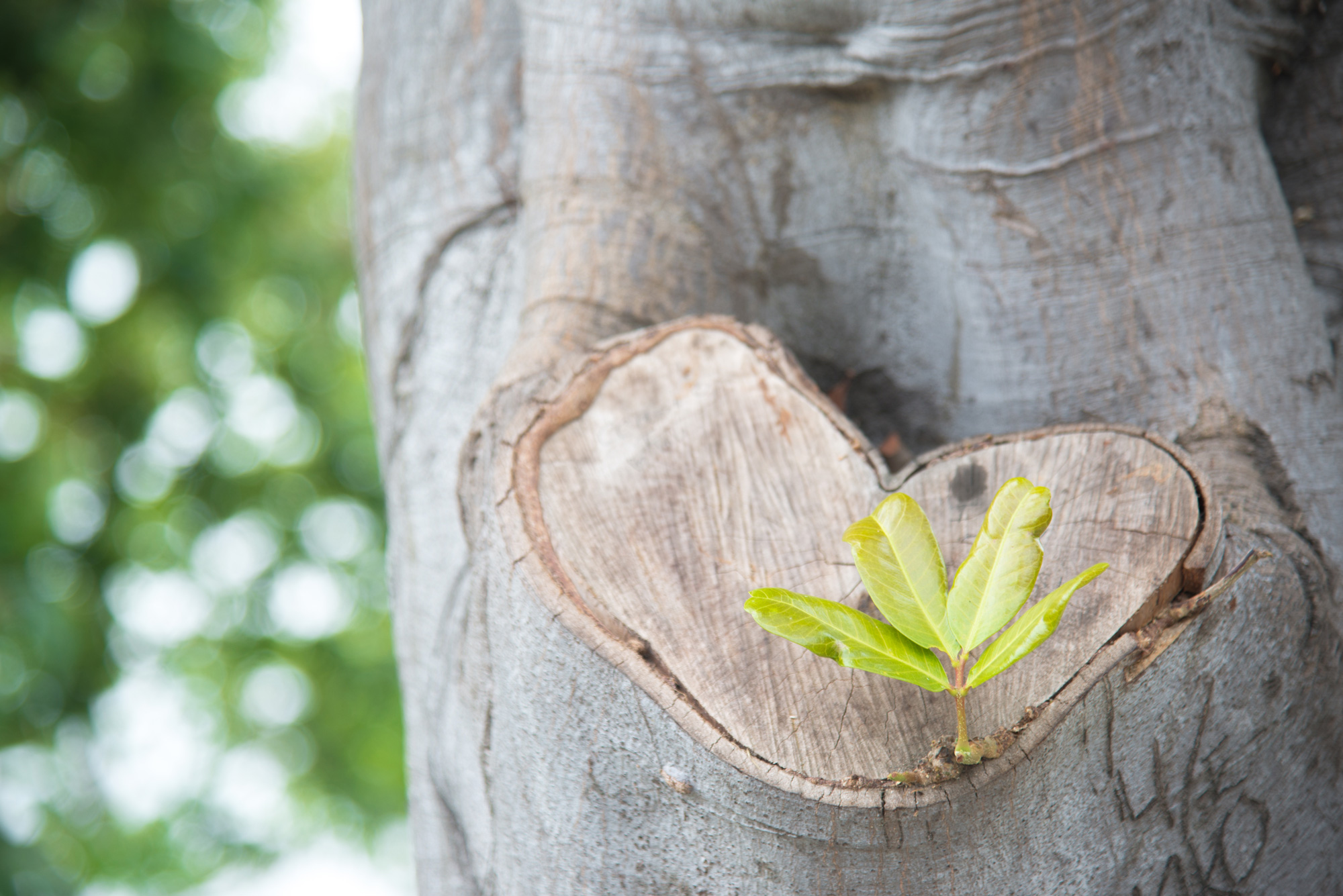
C 1098
Hiring a Tree Care Service
Healthy trees add to property value and have many ecological benefits.
Hiring a tree care service is an important decision. The work is often dangerous for the workers and if not properly done, can damage property and damage or kill the tree. These guidelines will help tree owners select a tree care service.
Keith Mickler, Jule-Lynne Macie, Timothy Daly, and Ellen M. Bauske
|
-
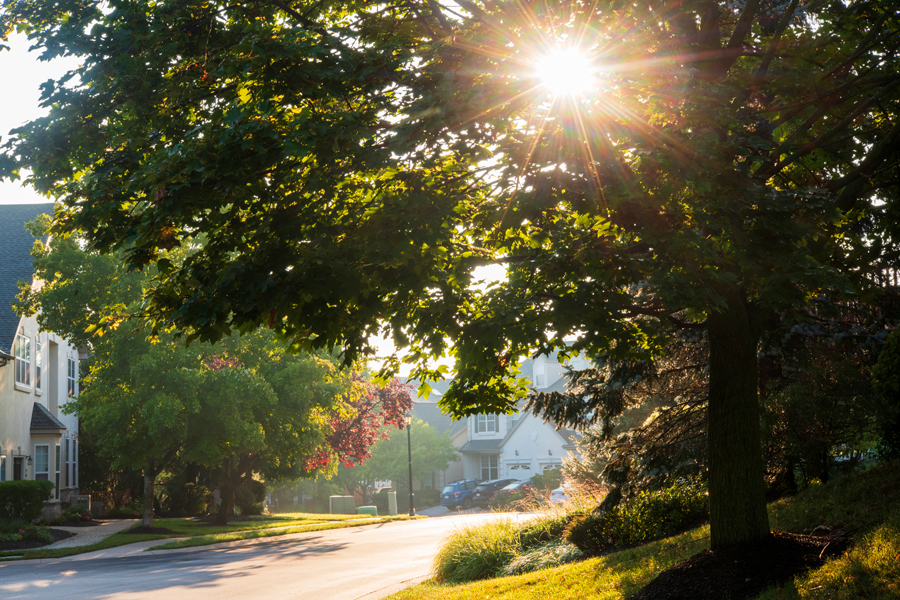
This publication discusses the ownership, responsibility, and liability of trees. It presents common situations in which a neighbor’s trees encroach on another’s property and suggests ways to resolve related conflicts.
Mary Carol Sheffield, Ellen M. Bauske, Kim Toal, and Lynwood Blackmon
|
-

Chaste tree (genus Vitex) is an ornamental with many desirable qualities for the urban landscape. It is a deciduous shrub to small tree proffering violet flowers, which are a magnet for pollinators, fragrant foliage, and excellent drought and deer tolerance. It’s not surprising that it has been touted as one of the best plants for Georgia gardens.
There is always room for improvement on what nature provided, so the breeding team at the University of Georgia Department of Horticulture has spent years working to improve on this valuable ornamental, and they are ready to offer several great new plants: ‘Daytona Heat Danica Pink,’ ‘Daytona Heat Dale White,’ ‘Daytona HeatTM Petty Blue,’ ‘Pink Pinnacles,’ and ‘Little Madame.’ This publication highlights the features of these chaste trees.
Carol Robacker, David A. Knauft, and Bodie V. Pennisi
|
-
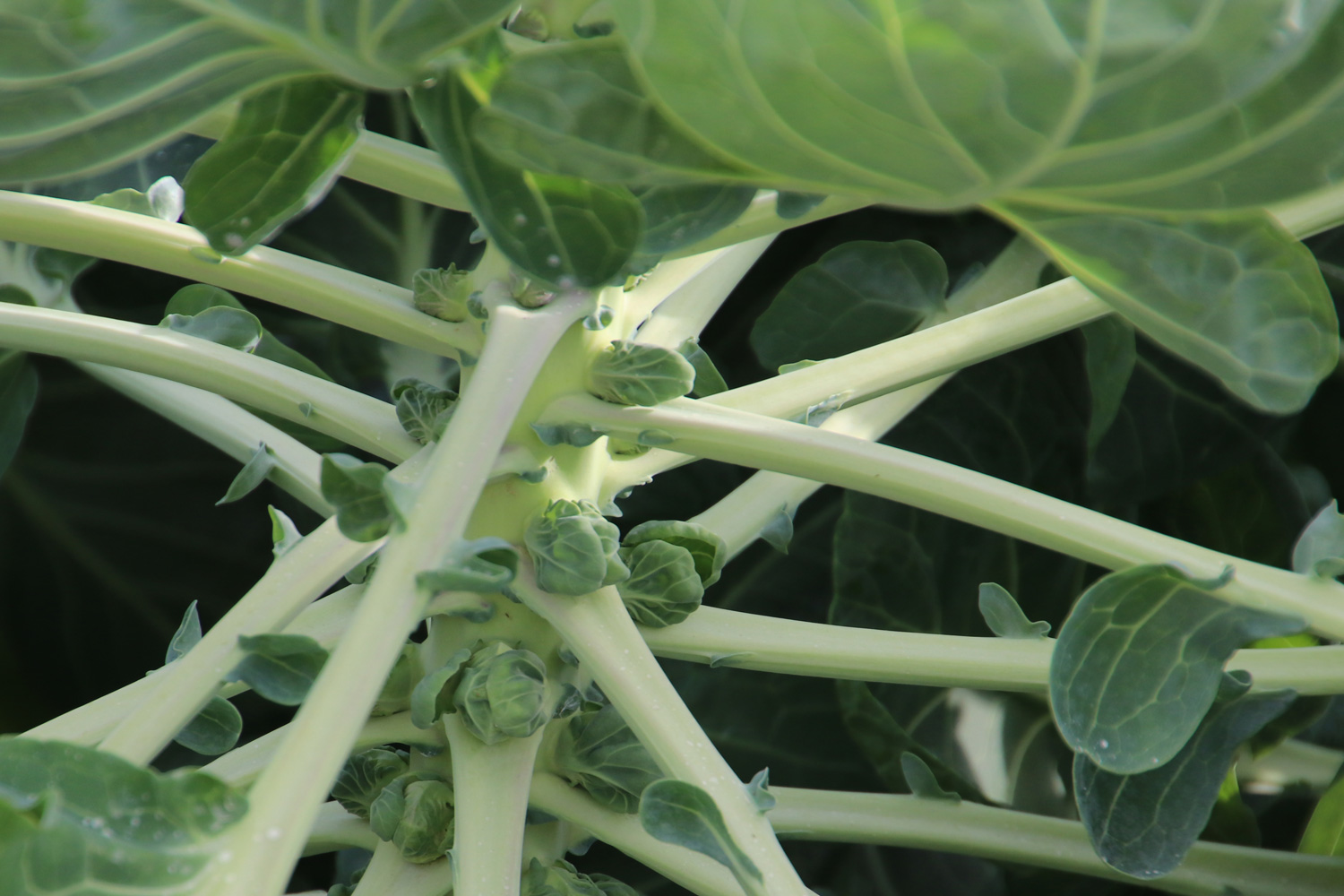
C 1069
Home Garden Brussels Sprouts
Learn how to grow Brussels sprouts in your home garden. Brussels sprouts are a cool season vegetable that can be grown both in the fall and early spring. This resource covers soil preparation, planting, and maintenance, as well as controlling pest problems.
Bob Westerfield
|